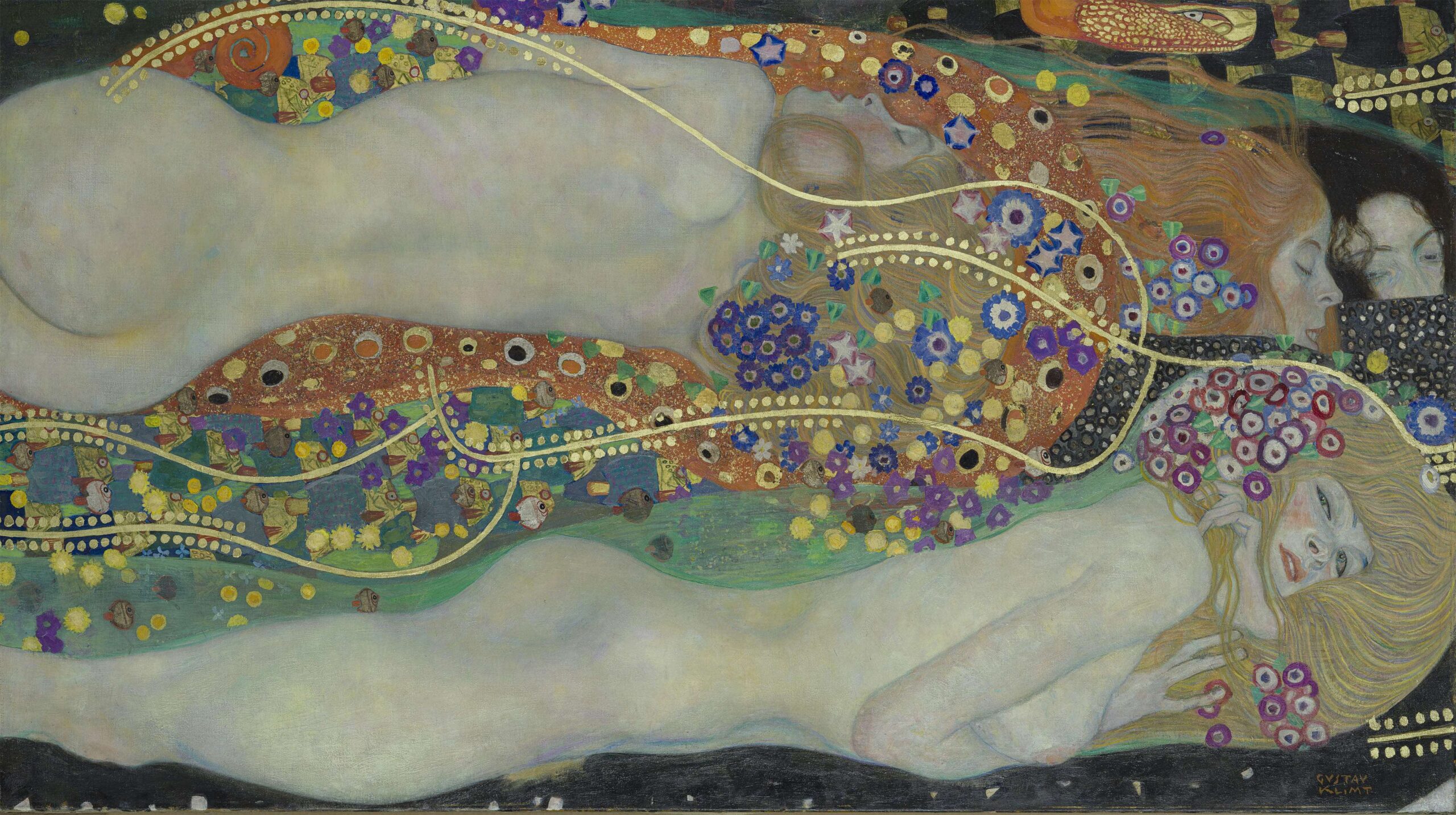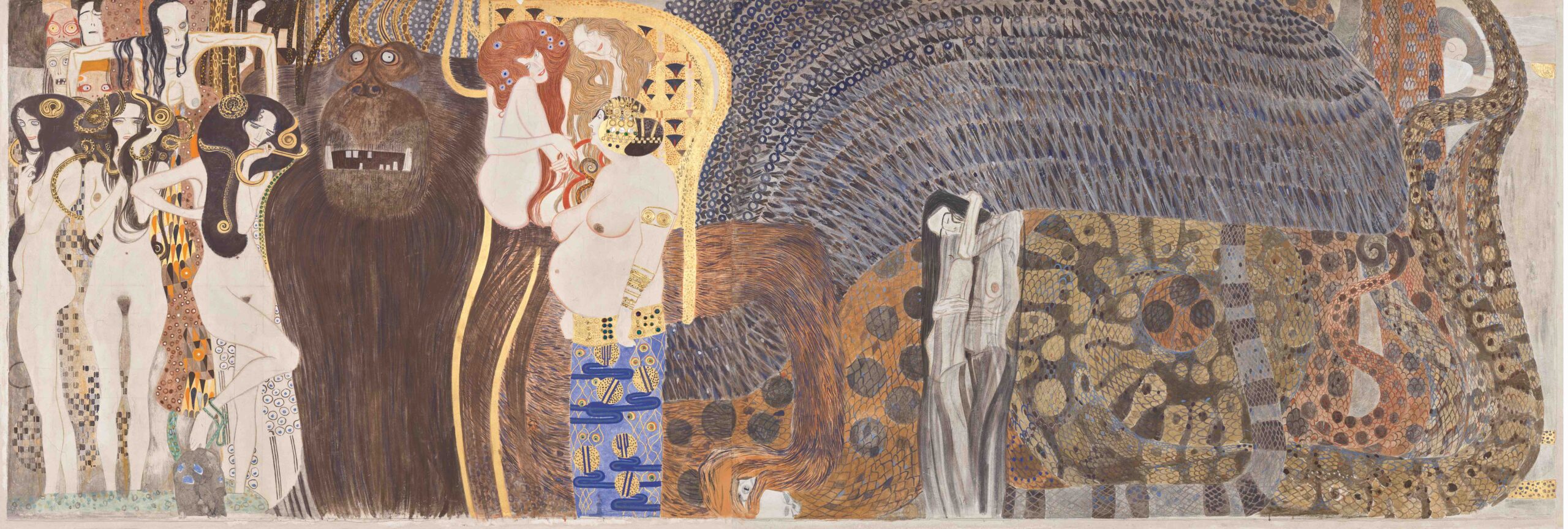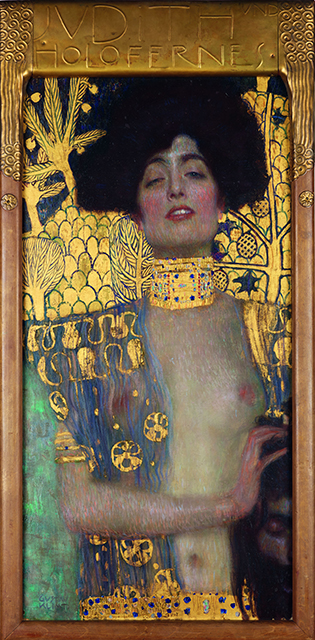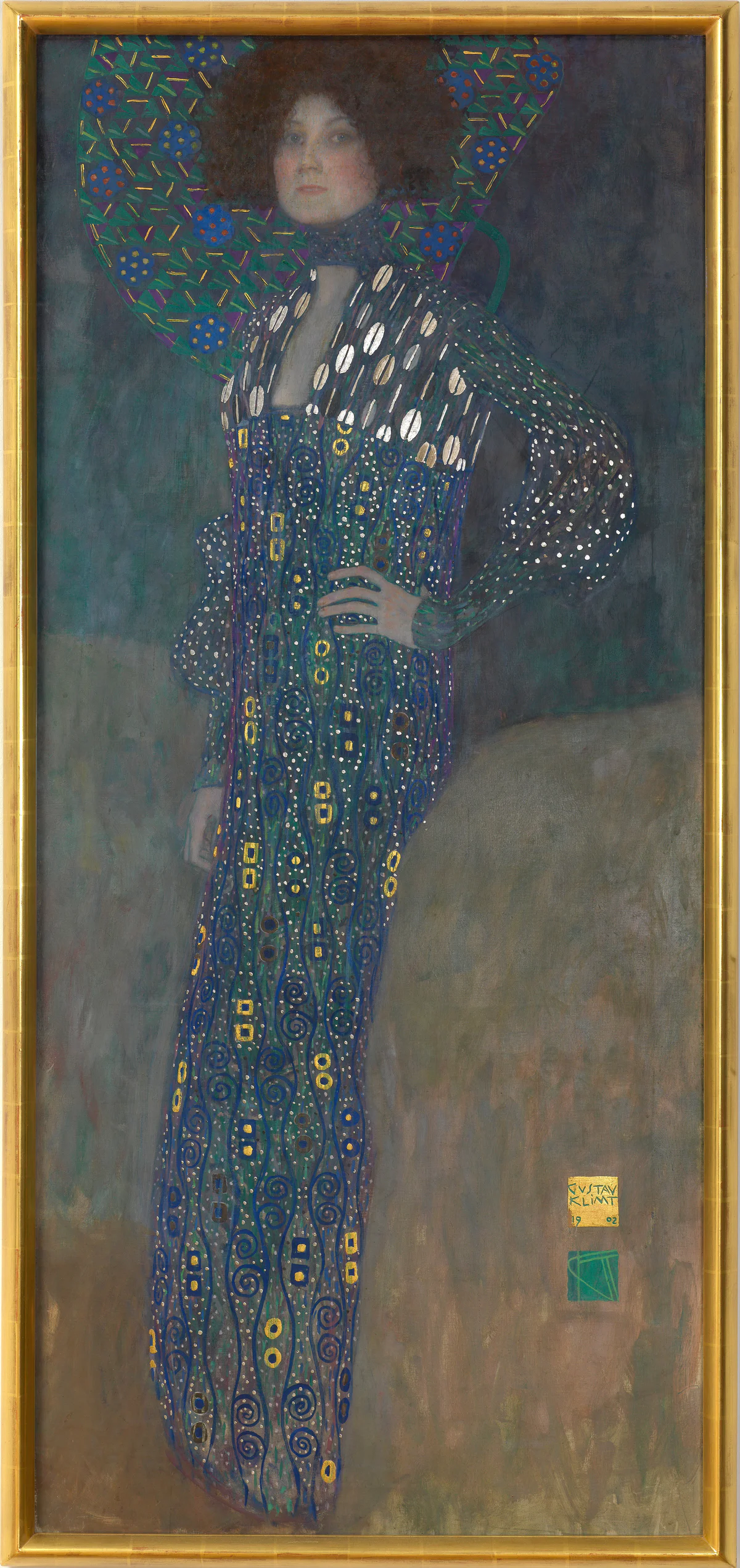
This is the first retrospective of Klimt’s oeuvre of this scale to be organised in the Netherlands. The exhibition features iconic highlights from all over the world, such as Judith (1901), Emilie Flöge (1902) and Water Serpents II (1904). These works are displayed together with those of other renowned artists, including Van Gogh, Rodin, and Matisse. Golden Boy Gustav Klimt presents an overview of a staggering career characterised by a thirst for liberty and innovation.
Staggering career
Gustav Klimt (1862-1918) was one of the foremost artists in imperial fin-de-siècle Vienna, the seat of the Habsburg Dual Monarchy. He is still considered to be one of the most innovative artists of modern art history.
Golden Boy Gustav Klimt uses themes that appear chronologically in Klimt’s oeuvre to chart a truly staggering career. The focus of the exhibition is on Klimt’s development under the influence of contemporaries who – as did Klimt – broke radically with conventions and hankered for innovation.
The exhibition shows Klimt’s powerful female portraits alongside those of Singer Sargent and Whistler. His square landscapes hang side by side with Vincent van Gogh’s paintings. The sensual lines of Rodin and the daring colour compositions of Matisse also had a significant impact on Klimt’s work.

The exhibition features 24 paintings and 12 works on paper by Klimt, alongside the same number of works by other European artists such as Vincent van Gogh, Whistler, Sargent, Toorop, Monet, Rodin, Toulouse-Lautrec and Matisse.
Classical beginnings
In the 1880s, Klimt was part of a burgeoning trio of young artists, together with his brother Ernst and artist friend Franz Matsch. The men received commissions to decorate important buildings, such as the Burgtheater and the stairwell of the Kunsthistorisches Museum.

Radical innovation
But times were changing. A new generation of artists and writers was emerging, defiant of the stifling, petit bourgeois morality. They were devoted to artistic and intellectual innovation. In 1887, Klimt and this group founded the Secession: an art movement dedicated to rattling the Viennese conventions with international art. Klimt eagerly started working in new styles, and soon became the enfant terrible of the Viennese art world.
Gustav Klimt certainly lived up to expectations. In 1902, he presented his Beethoven Frieze in the Secession building. This was an homage to Symphony No. 9 by Beethoven, the definitive cult figure of the new generation. A life-sized reproduction of the frieze features in the exhibition, accompanied by a number of preliminary studies.

The Beethoven Frieze is the prelude to the ‘golden period’, in which Klimt used gold leaf in his paintings. A spectacular inclusion is the painting Water Serpents II (1904), on public display for the first time in 60 years and one of the highlights of the exhibition.
Revolutionary

Another masterpiece from the golden period is Judith (1901), the very first work in which Klimt expressly incorporated gold. The inspiration for the painting is the eponymous Biblical heroine, who freed her people by beheading Holofernes. Klimt brings Judith into his own time, depicting her as a strong, confident Jewish woman at the centre of society.
Klimt accepted many commissions from the Jewish bourgeoisie, thereby distancing himself from the conservative nobility and the establishment in a time in which antisemitism and nationalism were rife. His explicit depictions of female sexuality and autonomy were another rejection of traditional conventions, which saw him align with the revolutionary psychoanalysis of his contemporary Sigmund Freud.
The elegant Portrait of Hermine Gallia (1903-1904) became renowned for the new approach and style. The painting is influenced by the refined female portraits of Whistler and by Impressionism. Klimt was inspired by how Henri de Toulouse-Lautrec and other artists depicted Parisian women.

A key work in the exhibition is Portrait of Emilie Flöge (1902), a fashion designer and businesswoman. Klimt spent innumerable summers with her at the Attersee Lake, not far from Salzburg, where he also produced many landscapes. You never have to look far to find Van Gogh’s influence in Klimt’s colourful works with broad, impasto brushstrokes, such as the 1912 painting Avenue to Schloss Kammer.
Golden Boy Gustav Klimt. Inspired by Van Gogh, Rodin, Matisse… is on display from 7 October 2022 to 8 January 2023.
The exhibition is a collaboration with the Belvedere Museum in Vienna, which is home to the world’s largest collection of oil paintings by Gustav Klimt. Klimt. Inspired by Van Gogh, Rodin, Matisse… will be on display at the Belvedere from 3 February to 29 May 2023.
SORCE: Van Gogh Museum, Amsterdam,
https://www.vangoghmuseum.nl/